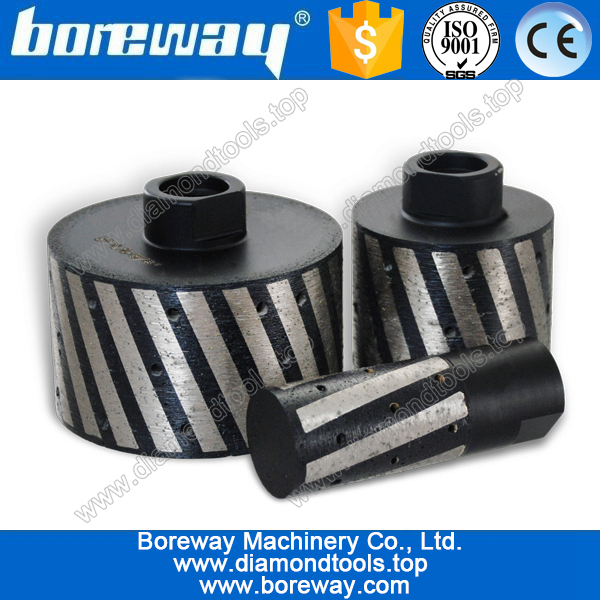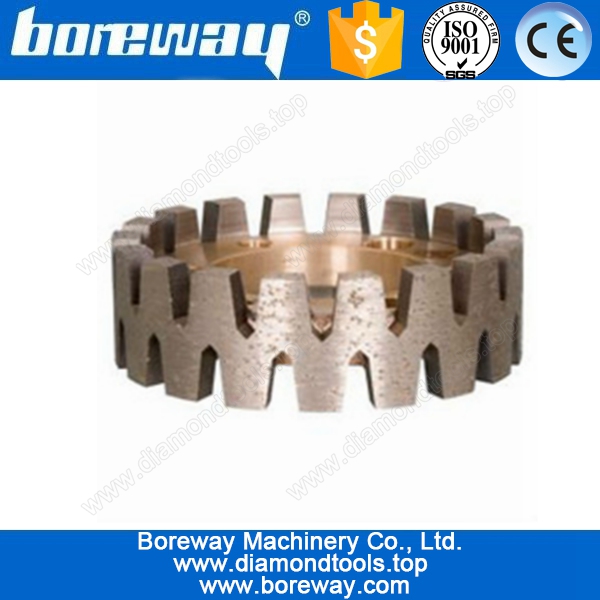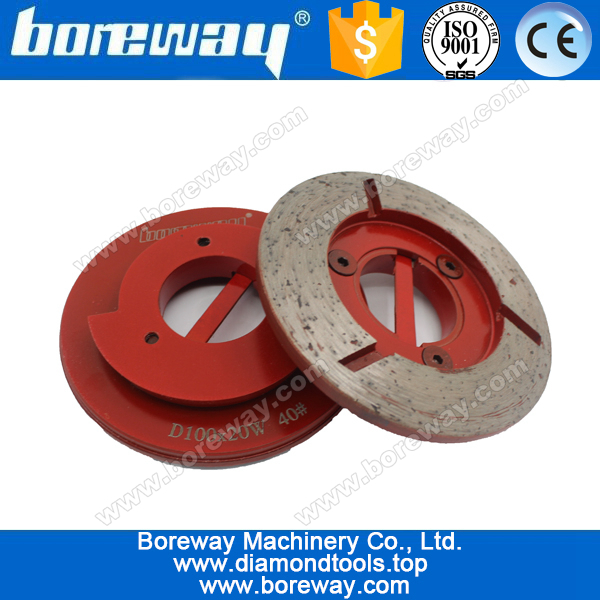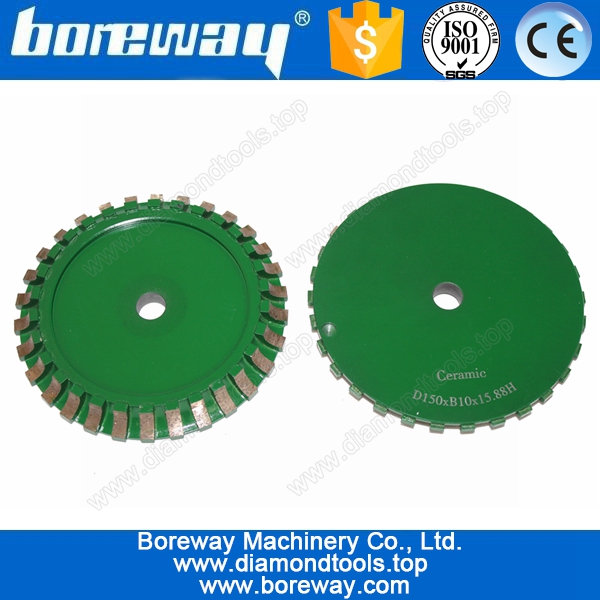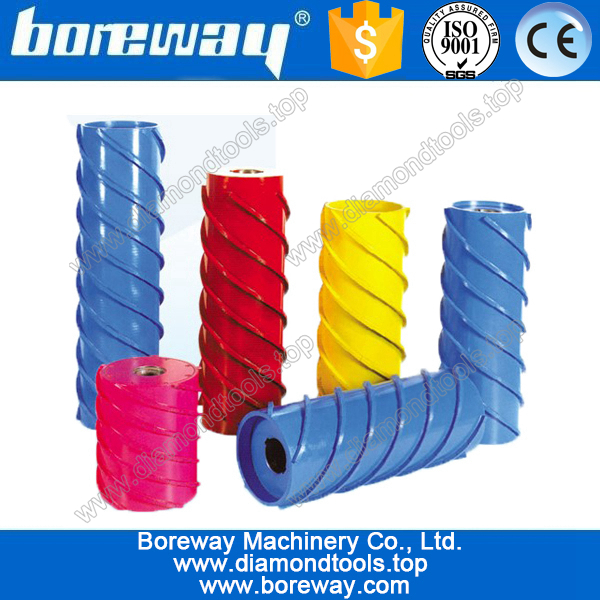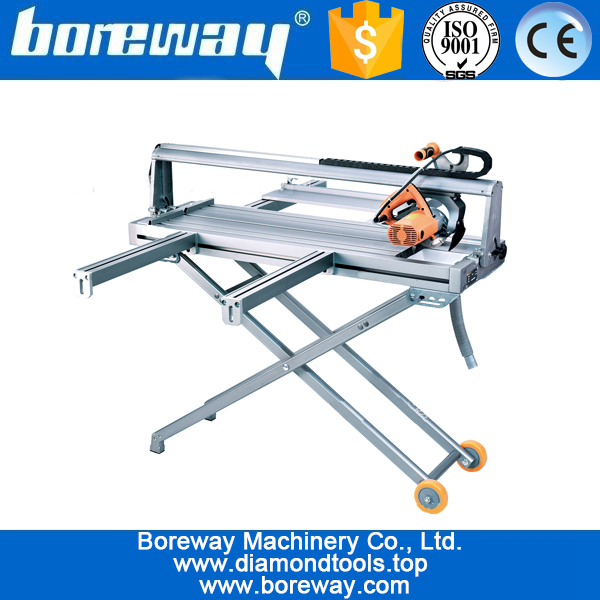What are the key technologies for diamond tool manufacturing?

Due to the hardness of diamond tools High, good wear resistance, High thermal conductivity, low coefficient of friction and thermal expansion, strong chemical inertness, etc., and a very sharp edge after careful sharpening, so it can be widely used in non-ferrous and non-metallic materials in modern manufacturing Fine and relatively detailed cutting. Mainly to understand the key technology of single crystal and polycrystalline diamond tool manufacturing.

The key technology of single crystal diamond tool manufacturing
Due to the anisotropy of single crystal diamond, the performance varies greatly in different crystal planes and in different directions. Proper material selection and orientation can not only simplify the processing process and reduce manufacturing costs, but also improve the cutting edge quality and service life of the tool. Give full play to the excellent performance of diamond tools.

The key technology of polycrystalline diamond tool manufacturing
The key manufacturing technology of polycrystalline diamond tools is the sharpening process. Due to the hardness and wear resistance of polycrystalline diamond (PCD), which is close to single crystal diamond, it is very difficult to sharpen the tool. Large loss, low sharpening efficiency and jagged edges. The difficulty of PCD tool sharpening process has become one of the obstacles to its popularization and application. In order to break through this bottleneck, scholars at home and abroad have done a lot of research and development work.
The advantage is that the manufacturing cost can be much lower than that of single crystal diamond tools.










